Tutorials
We are organizing TUTORIALS on Oct 17.
Separate TUTORIALS only registration is available.
Tutorials are free for Conference Registrants.
AI @ Edge
October 17th Wednesday, 2018 Morning Tutorial 8:30AM-10:30AM University 11 + 12
Mudhakar Srivatsa
Distinguished Research Staff Member and Manager at the Distributed AI department in IBM T. J. Watson Research Center.
Home Page
Slides
Abstract: Despite the power to process massive volumes of data and derive insightful insights, artificial intelligence applications have one major drawback - the brains are located thousands of miles away. "Edge computing" is a new paradigm in which the resources of a small data center are placed at the edge of the Internet, in close proximity to mobile devices, sensors, and end users, and the Internet of Things. This tutorial will outline key use cases, enabling technologies, and lessons learnt from practical deployments on bringing intelligence to the edge.
As the processing power and storage capacity of client-side devices increases, the intelligent management of cyber-physical systems will leverage and benefit from this wide-spread pervasive computational capacity that is available at the edge. In various scenarios ranging from smarter cities, internet of things, health care, public safety, military coalition systems, and enterprise business alliances, the computational capacity is usually spread across many different organizations and administrative boundaries. For example, in home Internet of Things environments, devices like Smart Thermostats may be controlled partially by the equipment manufacturer, cable modem and entertainment systems be controlled by the Internet service Provider, the smart car have partial control from manufacturer and insurance companies, while other devices be controlled by the car owner. Hence, a key research challenge here is to harness federated intelligence across multiple edges. In many settings these problems are further exacerbated due to bandwidth limitations and intermittend connectivity.
This tutorial will briefly cover some of the theoretical challenges in federated learning and dive deep into case studies from practical deployments of AI @ Edge technologies to maritime piracy (detecting human and drug trafficking), smart wildlife (protecting wildlife from poachers), worker safety (at isolated industrial facilities such as oil and natural gas companies), and crowd safety (at a large music festival).
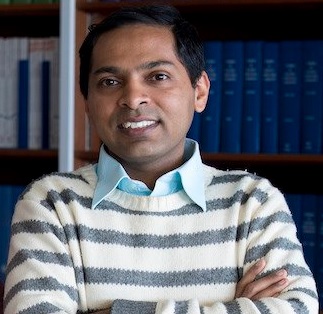
Bio: Mudhakar Srivatsa is a distinguished research staff member and manager at the Distributed AI department in IBM T. J. Watson Research Center. His work is focussed on distributed learning over spatiotemporal data gathered from heterogeneous data sources while being robust under adversarial settings. He is authored over 100 research papers, 45 granted US patents, recipient of five IBM outstanding technical achievement awards and one IBM research division award and has transitioned major software artifacts to various IBM products.
Adversarial Machine Learning: Making AI Safer
October 17th Wednesday, 2018 Morning Tutorial 10:30AM-12:30PM University 11 + 12
Nathalie Baracaldo
Research Staff Member, Ph.D., AI Platforms, IBM Almaden Research Center.
Home Page
Abstract: In recent years, tremendous progress has been made in machine learning (ML), and consequently, its use has spread to everyday life. In fact, critical applications rely on ML to make decisions in a timely and accurate fashion. A misclassification can cause serious negative consequences. For example, in a self-driving car environment, misclassifying a stop sign as a speed limit may be fatal.
Despite the advances in this field, the research community has demonstrated the existence of vulnerabilities that allow adversaries to manipulate predictive models to their advantage. Attacks can occur at training and inference time and vary based on the goal and type of access adversaries have to the ML pipeline. Relevant attacks include: poisoning attacks, which aim to cause targeted misclassifications and reduce model performance; evasion attacks, which aim to bypass a classifier; and extraction attacks, where private or proprietary data used during training time can be obtained by querying a model. Preventing these attacks is a challenging task and a fertile research area known as Adversarial Machine Learning.
In this tutorial, we will overview existing attacks and some solutions available. We will cover recent results from IBM Research, including methodologies to detect backdoors in deep neural networks and to detect degrading poison in Internet of the Things (IoT) environments. Additionally, we will present IBM’s Adversarial Robustness Toolbox (ART), a library which allows rapid crafting and analysis of both attacks and defense methods. This toolbox is open source and available to the research community. At the end of this tutorial, the audience will have a good overview of the Adversarial ML research area and resources to start contributing to make ML safer.
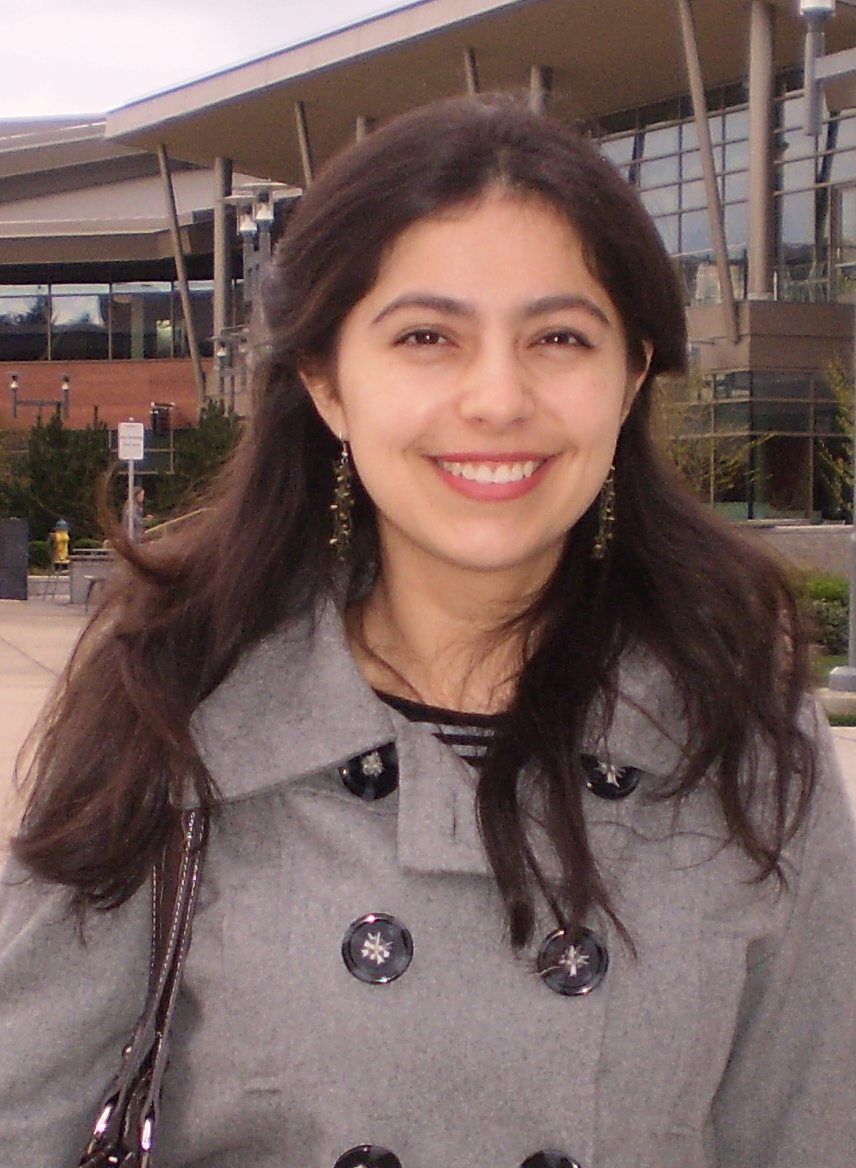
Bio: Dr. Nathalie Baracaldo is a Research Staff Member in the AI Platforms Research group at IBM’s Almaden Research Center in San Jose, CA. Her primary research interests lie at the intersection of information security, privacy and trust. As part of her work, she designs new methodologies to make machine learning algorithms secure. She also works to secure systems in the areas of cloud computing and Internet of the Things. Nathalie received her Ph.D. degree from the University of Pittsburgh in 2016. Her dissertation focused on preventing insider threats through the use of adaptive access control systems that integrate multiple sources of contextual information. Some of the topics that she has explored in the past include secure storage systems, privacy in online social networks, secure interoperability in distributed systems, risk management and trust evaluation.
Harmonising Cloud, Edge and IoT: The Osmotic Computing Paradigm
Looking at simplified bio-techniques and models for managing complex analogous systems.
October 17th Wednesday, 2018 Afternoon Tutorial 1:30PM-3:30PM University 11 + 12
Massimo Villari
Professor, Computer Science Department, University of Messina, Italy
Home Page
Abstract: With the promise of potentially unlimited power and scalability, cloud computing (especially infrastructure as a service [IaaS]) supports the deployment of reliable services across several application domains. In the Internet of Things (IoT), cloud solutions can improve the quality of service (QoS), fostering new business opportunities in multiple domains, such as healthcare, finance, traffic management, and disaster management. Available mature solutions, such as Amazon IoT and Google Cloud Dataflow, demonstrate the success of cloud-centric IoT programming models and resource orchestration techniques. However, recent technological advances have disrupted the current centralized cloud computing model, moving cloud resources close to users. Osmotic computing is a new paradigm that’s driven by the significant increase in resource capacity/capability at the network edge, along with support for data transfer protocols that enable such resources to interact more seamlessly with datacenter-based services. It aims at highly distributed and federated environments, and enables the automatic deployment of Microservices that are composed and interconnected over both edge and cloud infrastructures. Osmotic computing inherits challenges and issues related to elasticity in cloud Osmotic datacenters but adds several features due to the heterogeneous nature of edge datacenters and cloud datacenters. Various stakeholders (cloud providers, edge providers, application providers, IoT DevOPs, and so on) can contribute to the provisioning of IoT service and applications in a federated environment. An interesting is becoming the new aspect that allows to leverage a simplified bio-techniques and models for managing complex analogous systems.
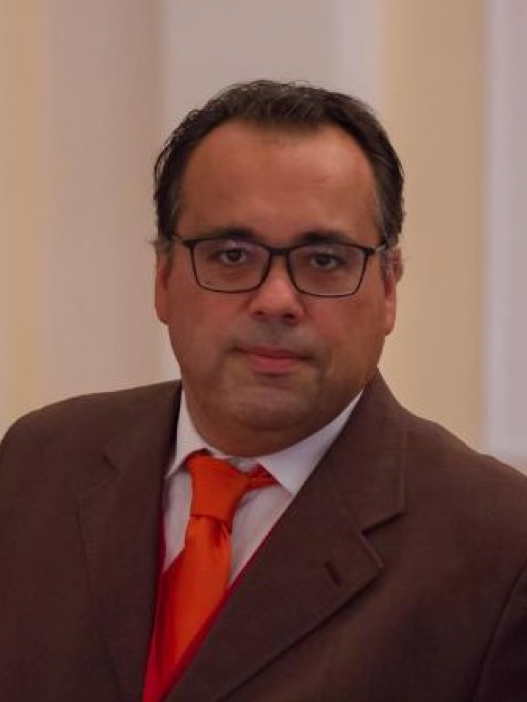
Bio: Prof. Massimo Villari is Associate Professor in Computer Science at University of Messina (Italy). In May 2018 he won the position of Full Professor in Computer Science at the same University, and he is in the way for formalizing it. He is actively working as IT Security and Distributed Systems Analyst in Cloud Computing, virtualization and Storage and one of the creator of Osmotic Computing Paradigm. For the EU Projects “RESERVOIR” he leaded the IT security activities of the whole project. For the EU Project “VISION-CLOUD”and H2020-BEACON, he covered the role of architectural designer for UniME. He was Scientific ICT Responsible in the EU Project frontierCities, the Accelerator of FIWARE on Smart Cities – Smart Mobility. He is strongly involved in EU Future Internet initiatives, specifically Cloud Computing and Security in Distributed Systems. He is co-author of more of 170 scientific publications and patents in Cloud Computing (Cloud Federation), Distributed Systems, Wireless Network, Network Security, Cloud Security and Cloud and IoTs, and recently in Osmotic Computing. He was General Chair of ESOCC 2015 and IEEE-ISCC 2016. Since 2011 he is a Fellow of IARIA, recognized as a Cloud Computing Expert, and since 2011 he is also involved in the activities of the FIArch, the EU Working Group on Future Internet Architecture. In 2014 was recognized by an independent assessment (IEEE Cloud Computing Transaction, Issue April 2014) as one of World-Wide active scientific researchers, top 27 classification, in Cloud Computing Area. He is General Chair of IEEE-ICFEC 2019 and Workshop Co-Chair in IEEE-CIC 2018. Currently he is Scientific Responsible for UniME-IRCCSME Cloud initiative in eHealth.
Security and Compliance Issues in Blockchain
October 17th Wednesday, 2018 Afternoon Tutorial 3:30PM-5:30PM University 11 + 12
Ashish Kundu
Master Inventor, Research Staff Member, ACM Distinguished Member and Speaker, IBM T. J. Watson Research Center, US
Home Page
Abstract: Blockchain is a paradigm shift in computing -- it enables computing among distributed untrusted peers without the need for any centralized trusted authority. Transaction management, management of workflow and data using smart contracts and ledgers are the primary scenarios that are driving the use of blockchain in industry and academia. Healthcare industry and finance industry with privacy-sensitive data and transactions are using blockchain platforms for ensuring provenance and immutability of such data.
However, with the sensitive data and sensitive transactions, such blockchain networks entail enforcement of stringent security, privacy policies. Other than that regulatory compliance requirements are to be assured for the underlying blockchain platforms. What are the security issues, how can we assure HIPAA compliance of a blockchain platform, where are the weakest links and vulnerabilities in a blockchain network? In this talk we shall get into the depth of the security and compliance issues of blockchain implementations.
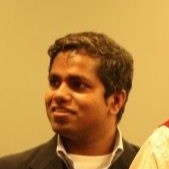
Bio: Ashish Kundu is a Master Inventor, and Research Scientist in Security Research at the IBM T J Watson Research Center, New York. Dr. Kundu is an ACM Distinguished Member. His research interests are in Security, Privacy, Compliance and AI Ethics for cloud, blockchain, mobile/IoT and regulatory computing environments. He is currently the Associate Editor for IEEE Transactions on Dependable and Secure Computing, and Guest Editor, IEEE Internet Computing Special Issue on Healthcare Informatics and Privacy. Dr. Kundu received the Purdue University CERIAS Diamond Award for outstanding contributions in his doctoral research. Dr. Kundu has been recognized by IBM Research as a Master Inventor. He received IBM Research Excellence and Eminence in 2016.
Big Data Stream Analytics for Cyber Security
October 19th Friday, 2018 Afternoon Tutorial 3:00PM-5:15PM Benjamin Franklin 3
Latifur Khan
Professor, Department of Computer Science, University of Texas at Dallas, US
Home Page
Abstract: Data streams are continuous flows of data. Examples of data streams include network traffic, sensor data, call center records and so on. Data streams demonstrate several unique properties that together conform to the characteristics of big data (i.e., volume, velocity, variety and veracity) and add challenges to data stream mining. In this talk we will present an organized picture on how to handle various data mining techniques in data streams. In addition, we will present a number of stream classification applications such as adaptive website fingerprinting, textual stream analytics (political actor identification over textual stream) and attack trace classification.
This research was funded in part by NSF, NASA, Air Force Office of Scientific Research (AFOSR), NSA, IBM Research, HPE and Raytheon.
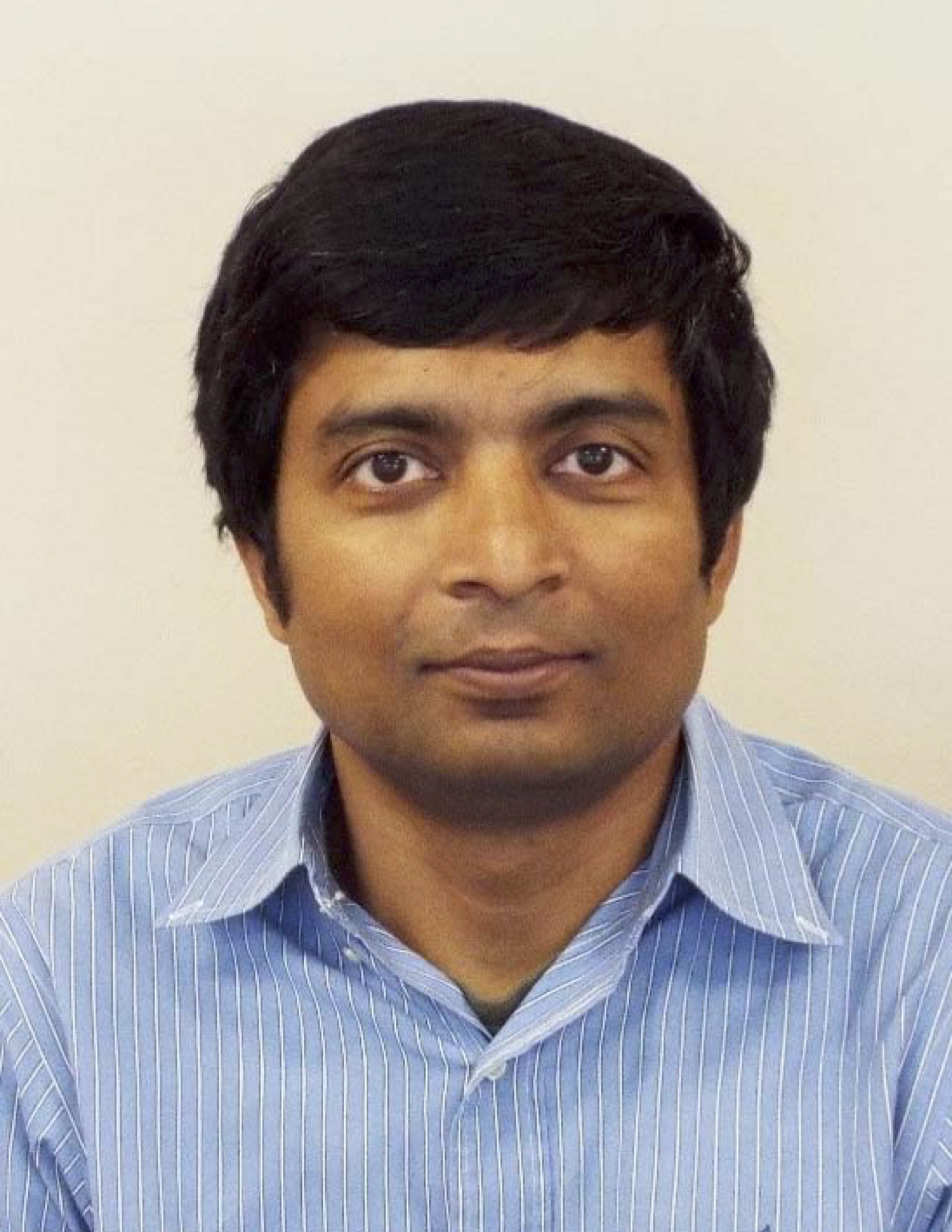
Bio: Dr. Latifur Khan is currently a full Professor (tenured) in the Computer Science department at the University of Texas at Dallas, USA where he has been teaching and conducting research since September 2000. He received his Ph.D. degree in Computer Science from the University of Southern California (USC) in August of 2000.
Dr. Khan is an ACM Distinguished Scientist and received Fellow of SIRI (Society of Information Reuse and Integration) award in Aug, 2018. He has received prestigious awards including the IEEE Technical Achievement Award for Intelligence and Security Informatics and IBM Faculty Award (research) 2016.
Dr. Latifur Khan has published over 250 papers in premier journals such as VLDB, Journal of Web Semantics, IEEE TDKE, IEEE TDSC, IEEE TSMC, and AI Research and in prestigious conferences such as AAAI, IJCAI, CIKM, ICDE, ACM GIS, IEEE ICDM, IEEE BigData, ECML/PKDD, PAKDD, ACM Multimedia, ACM WWW, ICWC, ACM SACMAT, IEEE ICSC, IEEE Cloud and INFOCOM. He has been invited to give keynotes and invited talks at a number of conferences hosted by IEEE and ACM. In addition, he has conducted tutorial sessions in prominent conferences such as SIGKDD 2017, 2016, IJCAI 2017, AAAI 2017, SDM 2017, PAKDD 2011 & 2012, DASFAA 2012, ACM WWW 2005, MIS2005, and DASFAA 2007.
Currently, Dr. Khan’s research area focuses on big data management and analytics, data mining and its application over cyber security, complex data management including geo-spatial data and multimedia data. His research has been supported by grants from NSF, the Air Force Office of Scientific Research (AFOSR), DOE, NSA, IBM and HPE. More details can be found at: www.utdallas.edu/~lkhan/